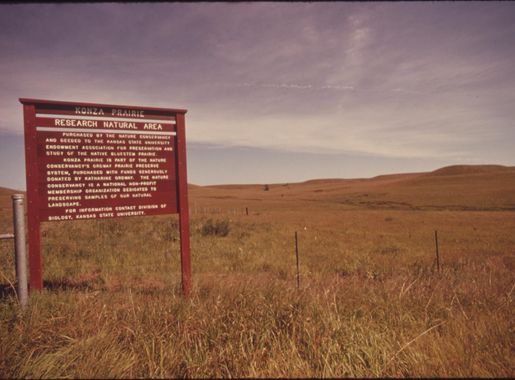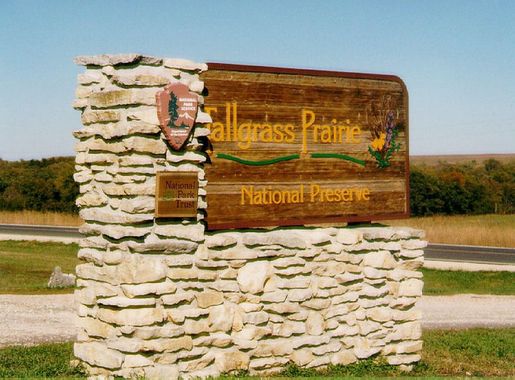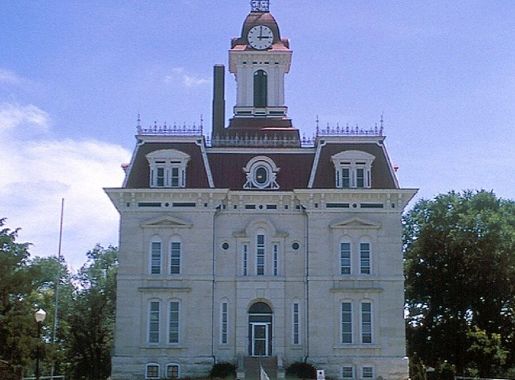
The Majestic Flint Hills of Kansas
Discover the unspoiled beauty and rich heritage of the Flint Hills in Kansas, where rolling prairies, diverse wildlife, and historic sites await your exploration.
The Flint Hills of Kansas are a stunning natural landscape, renowned for their rolling prairies and rich history. Stretching across eastern Kansas, this region offers a unique and unspoiled beauty that captivates visitors. The Flint Hills are one of the last remaining tallgrass prairie ecosystems in North America, making them a must-see for nature lovers and outdoor enthusiasts. Visitors to the Flint Hills can explore the vast open spaces and discover the diverse plant and animal life that thrives here. The Tallgrass Prairie National Preserve, located near Strong City, offers miles of trails for hiking and horseback riding, as well as guided tours that provide insight into the area's natural and cultural history. The preserve is a perfect spot to witness the breathtaking beauty of the prairie, especially during sunset when the sky is painted with vibrant colors. For those interested in history, the Flint Hills offer a glimpse into the past with sites like the Chase County Courthouse and the historic cattle town of Cottonwood Falls. The area is also home to numerous ranches, where visitors can experience the cowboy lifestyle and learn about the region's ranching heritage. The Flint Hills Symphony, an annual outdoor concert held in the heart of the prairie, is a unique cultural experience that shouldn't be missed. Whether you're seeking adventure, tranquility, or a deeper connection with nature, the Flint Hills of Kansas provide an unforgettable experience. The region's natural beauty, combined with its rich history and cultural offerings, makes it a destination that will leave a lasting impression.
Local tips in Flint Hills
- Visit in the spring or fall for the best weather and to see the prairie in full bloom.
- Wear sturdy shoes and bring plenty of water for hiking the trails at Tallgrass Prairie National Preserve.
- Check the schedule for the Flint Hills Symphony and plan your visit around this unique outdoor concert.
- Take a guided tour to learn about the history and ecology of the area from knowledgeable local guides.
- Stay at a local ranch or bed and breakfast to fully immerse yourself in the Flint Hills experience.
The Majestic Flint Hills of Kansas
The Flint Hills of Kansas are a stunning natural landscape, renowned for their rolling prairies and rich history. Stretching across eastern Kansas, this region offers a unique and unspoiled beauty that captivates visitors. The Flint Hills are one of the last remaining tallgrass prairie ecosystems in North America, making them a must-see for nature lovers and outdoor enthusiasts. Visitors to the Flint Hills can explore the vast open spaces and discover the diverse plant and animal life that thrives here. The Tallgrass Prairie National Preserve, located near Strong City, offers miles of trails for hiking and horseback riding, as well as guided tours that provide insight into the area's natural and cultural history. The preserve is a perfect spot to witness the breathtaking beauty of the prairie, especially during sunset when the sky is painted with vibrant colors. For those interested in history, the Flint Hills offer a glimpse into the past with sites like the Chase County Courthouse and the historic cattle town of Cottonwood Falls. The area is also home to numerous ranches, where visitors can experience the cowboy lifestyle and learn about the region's ranching heritage. The Flint Hills Symphony, an annual outdoor concert held in the heart of the prairie, is a unique cultural experience that shouldn't be missed. Whether you're seeking adventure, tranquility, or a deeper connection with nature, the Flint Hills of Kansas provide an unforgettable experience. The region's natural beauty, combined with its rich history and cultural offerings, makes it a destination that will leave a lasting impression.
When is the best time to go to Flint Hills?
Unmissable attractions to see
Exploration Place
Experience the magic of science and discovery at Exploration Place, Wichita's premier science and children's museum, ideal for families and curious minds.

The Keeper of the Plains
Discover the rich heritage and breathtaking beauty of The Keeper of the Plains, a cultural landmark nestled in Wichita, Kansas, illuminating the Native American spirit.
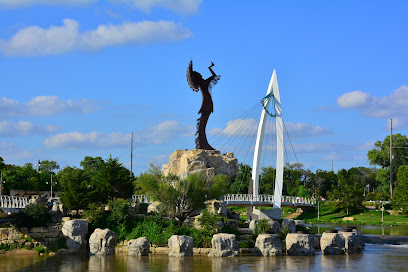
Old Cowtown Museum
Discover the Old West at Old Cowtown Museum in Wichita, Kansas – a living history experience showcasing 19th-century frontier life.
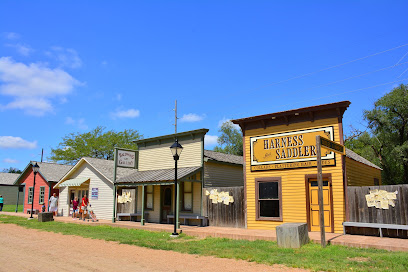
Museum of World Treasures
Uncover the world's history at the Museum of World Treasures in Wichita, showcasing artifacts from ancient civilizations to modern times.
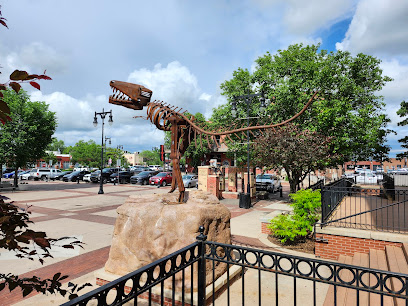
All Star Adventures
Explore All Star Adventures in Wichita, Kansas, where fun meets excitement with miniature golf, a driving range, and an arcane of thrilling games for everyone.
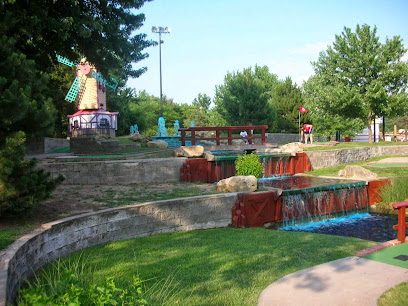
Tallgrass Prairie National Preserve
Experience the breathtaking beauty and rich history of Tallgrass Prairie National Preserve, a true natural gem in Kansas.
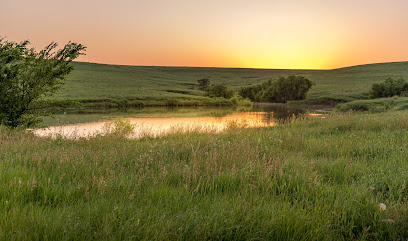
Island Park
Explore the natural beauty and recreational charm of Island Park in Winfield, Kansas, a perfect getaway for families and nature enthusiasts.
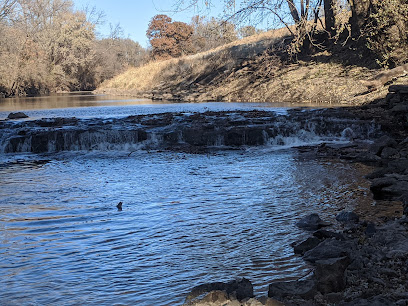
High Park
Discover the serene landscapes and recreational adventures at High Park, Derby, Kansas, a perfect retreat for nature lovers and families.

Andover Central Park
Explore Andover Central Park, a serene green space in Kansas perfect for relaxation, family fun, and outdoor activities in a beautiful setting.
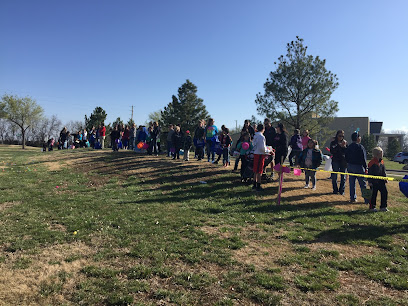
Kansas Aviation Museum
Explore the rich aviation heritage of Kansas at the Kansas Aviation Museum, where history and technology take flight.

Elk City State Park
Explore Elk City State Park: A Scenic Haven for Hiking, Boating, and Nature in Kansas.
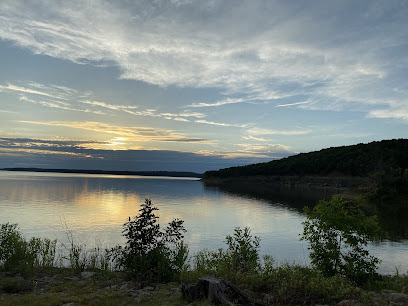
Bartlett Arboretum
Explore the lush landscapes and diverse plant collections at Bartlett Arboretum, a serene oasis in Belle Plaine, Kansas, perfect for nature lovers.
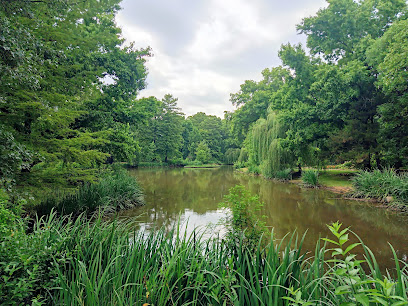
Wilson Park
Experience the tranquility and natural beauty of Wilson Park in Arkansas City, a perfect destination for outdoor enthusiasts and families alike.
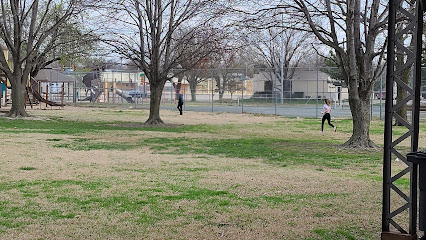
Mid-America All-Indian Museum
Discover the vibrant cultures and histories of Native American tribes at the Mid-America All-Indian Museum in Wichita, Kansas, a must-visit for cultural enthusiasts.

Safari Zoological Park
Experience the thrill of close encounters with wildlife at Safari Zoological Park in Caney, Kansas - a perfect family-friendly adventure!
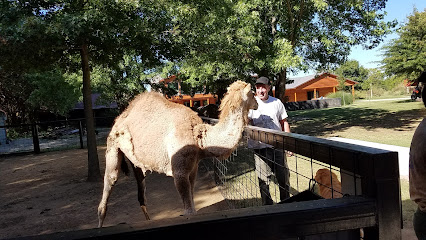
Markets, malls and hidden boutiques
Tallgrass Prairie National Preserve
Discover the breathtaking landscapes and rich biodiversity of Tallgrass Prairie National Preserve, a must-visit nature haven in Kansas.
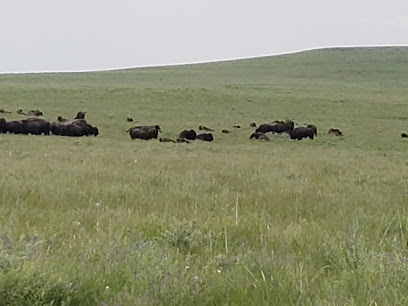
Flinthills Mall
Explore Flinthills Mall in Emporia, Kansas – the ultimate shopping destination for clothing and unique finds, where every shopper feels at home.

Plaza of the Flint Hills
Experience the unique blend of local culture, delicious food, and charming shopping at Plaza of the Flint Hills in Kansas, a perfect pit stop for travelers.
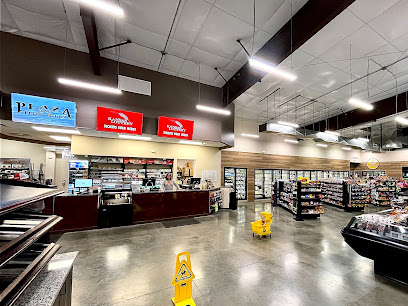
A Fabulous Find
Explore A Fabulous Find in Mission, KS, where vintage charm meets modern flair in a treasure trove of unique antiques and collectibles.

Chase State Fishing Lake
Discover the tranquility of Chase State Fishing Lake, a fishing paradise nestled in the heart of Kansas, offering scenic views and endless outdoor activities.
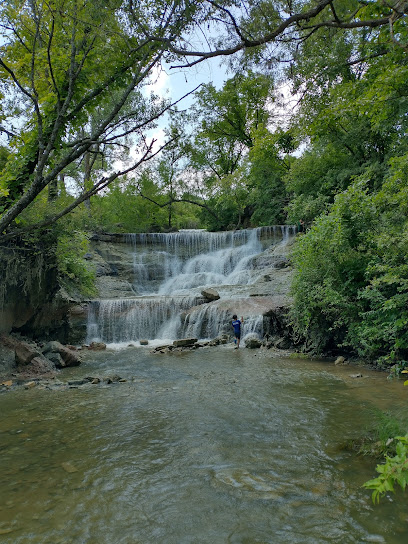
LoveStoned
Discover Kansas City's trendy fashion boutique, LoveStoned, where unique clothing and accessories await every stylish traveler.

Past And Presents Card Gifts & Home
Discover unique gifts, delightful decor, and heartfelt cards at Past And Presents, Lenexa's charming gift shop perfect for every occasion.
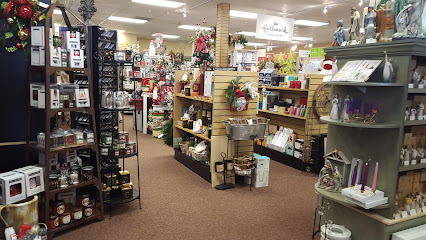
Birdies
Discover Birdies in Kansas City for an unforgettable boutique shopping experience featuring gifts, lingerie, and bridal accessories.

The General Store & Co.
Explore The General Store & Co. - a unique gift shop in Overland Park, featuring art, books, gourmet foods, and handmade treasures.
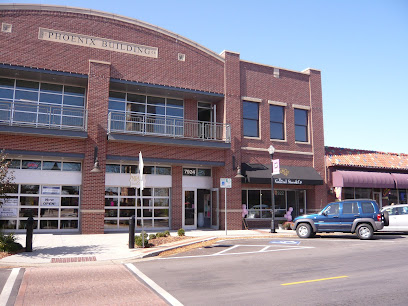
Flint Hills Books
Discover the charm of Flint Hills Books, a delightful bookstore and gift shop in Council Grove, Kansas, offering a unique selection of children's literature and more.
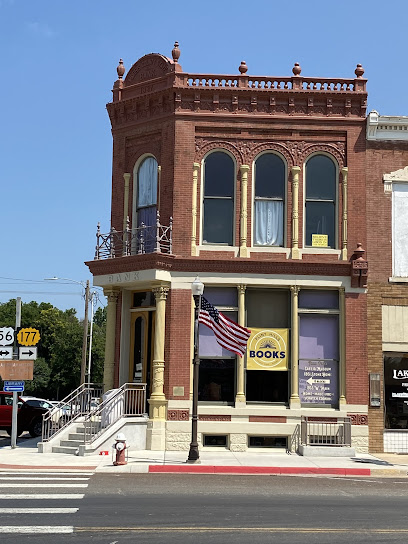
Flint Hills
Explore the stunning Flint Hills of Kansas, a breathtaking expanse of tallgrass prairie, rich wildlife, and vibrant local culture.
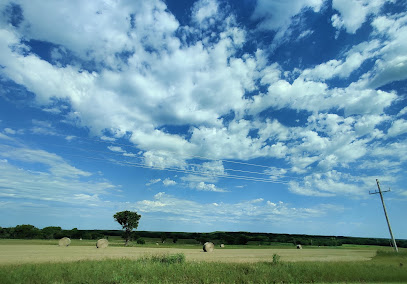
Flint Hills National Wildlife Refuge
Explore Flint Hills National Wildlife Refuge, a serene wildlife haven in Kansas, perfect for birdwatching and nature lovers seeking adventure.
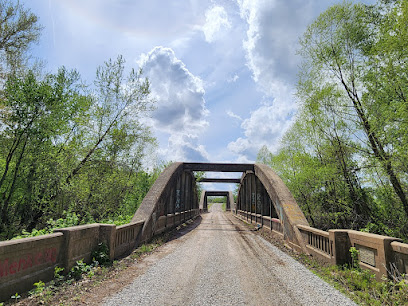
Tallgrass Antiques
Explore Tallgrass Antiques in Cottonwood Falls, Kansas, for a unique selection of vintage items, collectibles, and local treasures that tell a story.
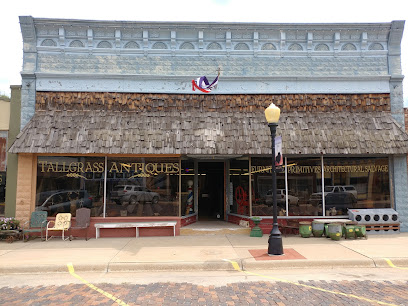
Symphony In the Flint Hills
Discover the harmonious blend of art, music, and nature at Symphony In the Flint Hills, a cultural gem in Cottonwood Falls, Kansas.
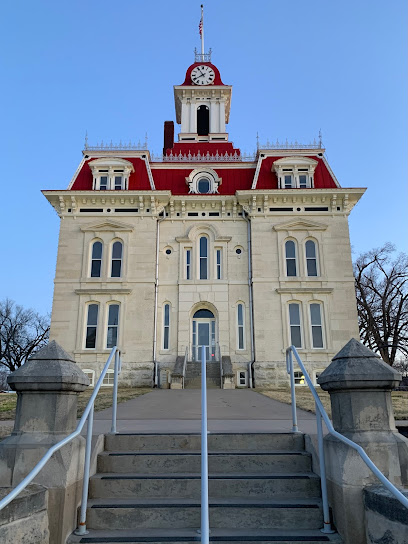
Buckle
Discover stylish clothing, trendy jeans, and fashionable accessories for all ages at Buckle in Emporia, Kansas.
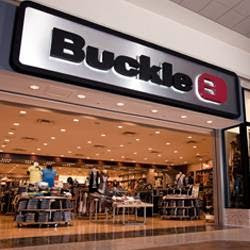
Essential bars & hidden hideouts
Shindigs Bar & Grill
Discover the vibrant flavors and inviting atmosphere of Shindigs Bar & Grill in Winfield, Kansas, where every meal is a celebration.
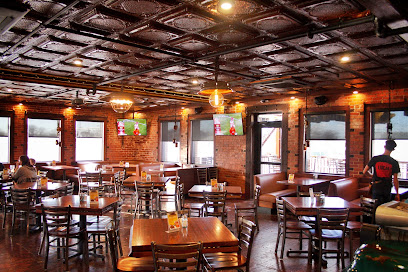
Willie's Sports Bar & Grill
Discover a lively American dining experience at Willie's Sports Bar & Grill in El Dorado, where great food meets sports entertainment.
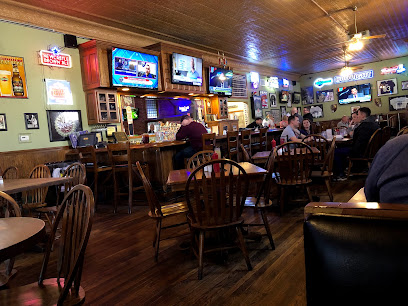
The Bar Mission
Savor delicious grilled dishes and refreshing drinks at The Bar Mission, a vibrant grill and bar in Mission, Kansas.
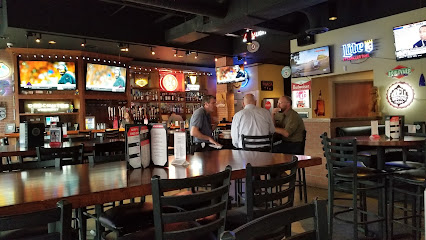
Little Busters Sport Bar & Grill
Discover the lively Little Busters Sport Bar & Grill in Derby, KS – where delicious food meets sports excitement in a friendly atmosphere.
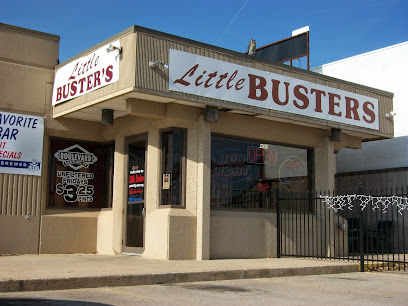
Double Nickel
Savor mouthwatering dishes and vibrant live music at Double Nickel, Olathe's premier grill and bar, perfect for a laid-back dining experience.
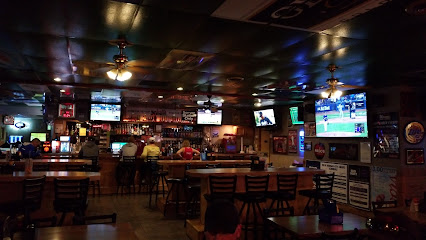
Murphy’s Corner
Experience the flavors of America at Murphy's Corner, a family-friendly restaurant and sports bar in Lenexa, perfect for burgers, pizza, and good times.
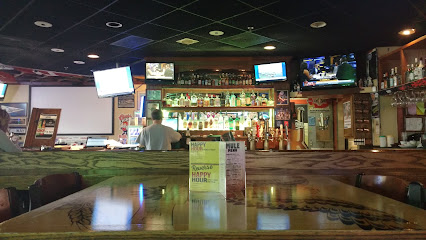
Stoney's Grub and Pub
Experience the essence of Kansas at Stoney's Grub and Pub, where delicious grill favorites and a friendly bar atmosphere await.
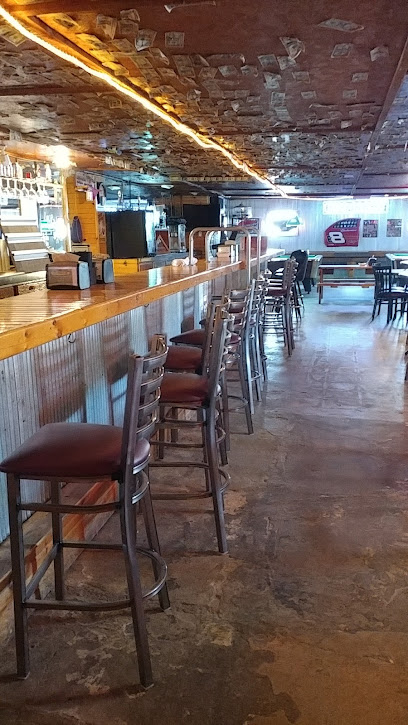
Sully's Pub
Experience the vibrant ambiance of Sully's Pub in Mission, Kansas, where great drinks and fun arcade games await you!
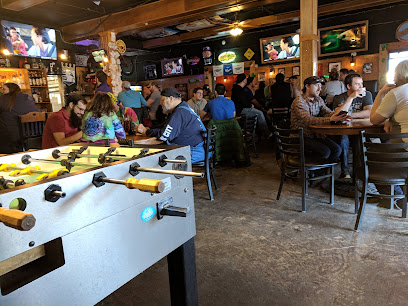
Keyhole Tavern
Discover the vibrant atmosphere and local flavors of Keyhole Tavern, a cherished bar in Mission, Kansas, perfect for relaxation and socializing.

Latham Saloon
Discover the heart of Kansas at Latham Saloon, where delicious grill dishes meet a lively bar atmosphere for an unforgettable dining experience.
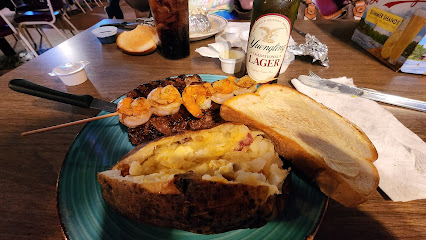
The Bar
Discover the flavors of The Bar, Winfield's go-to grill serving delicious dishes in a casual setting, perfect for food lovers and travelers alike.
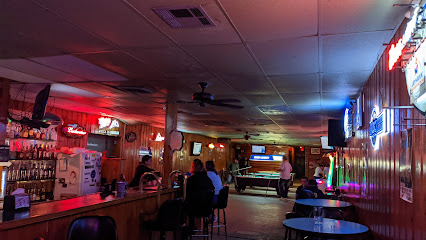
Green Derby
Experience the vibrant nightlife at Green Derby, a social hub in Derby, Kansas, perfect for locals and tourists alike.
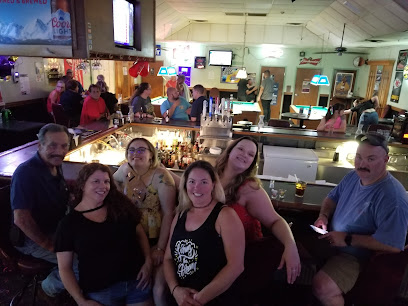
Wild Child
Experience the vibrant atmosphere and unique cocktails at Wild Child, Shawnee's premier bar for an unforgettable night out.
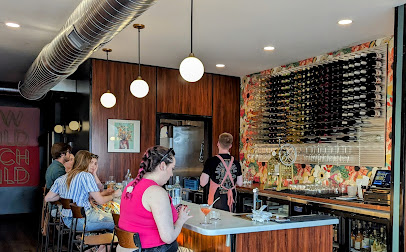
Flint Hills Saloon & Eatery
Discover the heart of American cuisine at Flint Hills Saloon & Eatery in Council Grove, where local flavors meet warm hospitality.
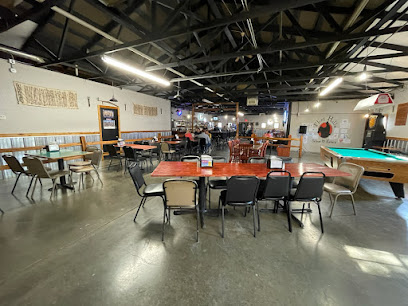
The Primrose (Mission, KS)
Discover The Primrose in Mission, KS for an enchanting cocktail experience with expertly crafted drinks in a cozy setting.

Local Phrases about Flint Hills
-
- HelloHowdy
[haʊ-di] - GoodbyeSee ya
[siː jə] - YesYep
[jɛp] - NoNah
[nɑː] - Please/You're welcomePlease/No problem
[pliːz/nəʊ ˈprɑbləm] - Thank youThanks
[θæŋks] - Excuse me/SorryPardon/My bad
[ˈpɑrdn/maɪ bæd] - How are you?Howdy partner?
[haʊ-di ˈpɑːrtnər] - Fine. And you?Doing good. You?
[ˈduɪŋ ɡʊd juː] - Do you speak English?Ya speak English?
[jə spiːk ˈɪŋɡlɪʃ] - I don't understandI ain't gettin' ya
[aɪ eɪnt ˈɡɛtɪn jə]
- HelloHowdy
-
- I'd like to see the menu, pleaseI reckon I'll take a gander at the menu, if ya don't mind
[aɪ ˈrɛkən aɪl teɪk ə ˈɡændər ət ðə ˈmɛnjuː ɪf jə doʊnt maɪnd] - I don't eat meatI don't fancy no meat
[aɪ doʊnt ˈfænsi noʊ mit] - Cheers!Bottoms up!
[ˈbɑtəmz ʌp] - I would like to pay, pleaseI reckon it's time to settle up
[aɪ ˈrɛkən ɪts taɪm tuː ˈsɛtl ʌp]
- I'd like to see the menu, pleaseI reckon I'll take a gander at the menu, if ya don't mind
-
- Help!Send help!
[sɛnd hɛlp] - Go away!Git!
[ɡɪt] - Call the Police!Get the sheriff!
[ɡɛt ðə ˈʃɛrɪf] - Call a doctor!Fetch the doc!
[fɛʧ ðə dɑk] - I'm lostI'm plum lost
[aɪm plʌm lɔst] - I'm illI'm feelin' poorly
[aɪm ˈfɪlɪn ˈpʊrli]
- Help!Send help!
-
- I'd like to buy...I reckon I'll purchase...
[aɪ ˈrɛkən aɪl ˈpɜːrtʃəs] - I'm just lookingI'm just browsin'
[aɪm ʤʌst ˈbraʊzɪn] - How much is it?What's the damage?
[wɑːts ðə ˈdæmɪdʒ] - That's too expensiveThat's highfalutin
[ðæts ˈhaɪfəˌlutɪn] - Can you lower the price?Can ya knock a bit off?
[kæn jə nɑk ə bɪt ɔf]
- I'd like to buy...I reckon I'll purchase...
-
- What time is it?What's the clock say?
[wɑːts ðə klɑk seɪ] - It's one o'clockIt's one of 'em
[ɪts wʌn ʌv ɛm] - Half past (10)Halfway to (10)
[ˈhæfweɪ tuː ˈtɛn] - MorningMornin'
[ˈmɔrnɪn] - AfternoonAfternoon
[ˌæftərˈnun] - EveningEvenin'
[ˈivnɪn] - YesterdayYest'day
[ˈjɛstdeɪ] - TodayToday
[təˈdeɪ] - TomorrowMorrow
[ˈmɔroʊ] - 1One
[wʌn] - 2Two
[tuː] - 3Three
[θriː] - 4Four
[fɔr] - 5Five
[faɪv] - 6Six
[sɪks] - 7Seven
[ˈsɛvən] - 8Eight
[eɪt] - 9Nine
[naɪn] - 10Ten
[tɛn]
- What time is it?What's the clock say?
-
- Where's a/the...?Where's the...
[wɛərz ðə] - What's the address?What's the location?
[wɑːts ðə loʊˈkeɪʃən] - Can you show me (on the map)?Can ya point it out (on the map)?
[kæn jə pɔɪnt ɪt aʊt ɔn ðə mæp] - When's the next (bus)?When's the next (bus) comin'?
[wɛnz ðə nɛkst (bʌs) ˈkʌmɪn] - A ticket (to ....)A pass (to ....)
[ə pæs tuː]
- Where's a/the...?Where's the...
History of Flint Hills
-
The Flint Hills were formed during the Permian Period, approximately 250 million years ago. The unique geology of the area, characterized by limestone and shale, was shaped by ancient seas that once covered the region. The hills were named for the flint, or chert, embedded in the limestone, which has resisted erosion and given the hills their distinctive rugged appearance.
-
Before European settlers arrived, the Flint Hills were home to various Native American tribes, including the Kansa (Kaw), Osage, and Wichita. These tribes relied on the rich prairie ecosystem for hunting bison and other game. The Kansa tribe's name was later adopted by the state of Kansas. Many artifacts and archeological sites in the region provide insight into the lives and cultures of these early inhabitants.
-
The Santa Fe Trail, established in 1821, was a critical trade route that passed through the Flint Hills. This trail connected Missouri to Santa Fe, New Mexico, and was used by traders, settlers, and adventurers. The Flint Hills provided a challenging but picturesque segment of the journey, with its rolling terrain and tallgrass prairie. Historic sites and markers along the trail offer a glimpse into this vibrant period of westward expansion.
-
Established in 1996, the Tallgrass Prairie National Preserve is a testament to the natural and cultural history of the Flint Hills. This preserve protects a remnant of the vast tallgrass prairie that once covered much of the central United States. Visitors can explore the prairie, historic ranch buildings, and trails, learning about the efforts to conserve this unique ecosystem and the history of ranching in the Flint Hills.
-
The Flint Hills are synonymous with ranching and cowboy culture, which have been central to the region's identity since the mid-19th century. The open range and rich grasses were ideal for cattle grazing, leading to the establishment of large ranches. Annual events such as the Symphony in the Flint Hills celebrate this heritage, featuring music, storytelling, and educational activities set against the backdrop of the scenic prairie.
-
Completed in 1873, the Chase County Courthouse in Cottonwood Falls is a remarkable example of Second Empire architecture. This historic building is the oldest operating courthouse in Kansas and reflects the growth and development of the Flint Hills region during the post-Civil War era. It remains a symbol of the area's legal and civic history, drawing visitors who appreciate its architectural beauty and historical significance.
-
The rich cultural tapestry of the Flint Hills is celebrated through various festivals and events throughout the year. The Flint Hills Rodeo, held annually in Strong City since 1937, is one of the oldest rodeos in the state. The Flint Hills Folk Life Festival in Cottonwood Falls showcases traditional crafts, music, and food, providing a vibrant glimpse into the local culture and community spirit.
Flint Hills Essentials
-
Flint Hills is located in the eastern part of Kansas. The nearest major airport is Wichita Dwight D. Eisenhower National Airport (ICT), approximately 90 miles away. From Wichita, you can rent a car or take a bus to reach Flint Hills. Another option is Kansas City International Airport (MCI), which is about 160 miles away. From Kansas City, car rentals and bus services are available. Amtrak also offers train services to nearby cities like Newton, from where you can rent a car to drive to Flint Hills.
-
The Flint Hills region is best explored by car, allowing you to navigate the expansive landscape at your own pace. Car rental services are available in Wichita and Kansas City. For those who prefer not to drive, local taxis and ride-sharing services like Uber and Lyft are options in larger towns, but may be scarce in rural areas. There are also guided tours that offer transportation and insightful commentary about the region.
-
The official currency is the United States Dollar (USD). Credit and debit cards are widely accepted in hotels, restaurants, and shops throughout the Flint Hills region. ATMs are available in larger towns, but may be less common in rural areas, so it is advisable to carry some cash for emergencies and small purchases. Tipping is customary in restaurants, usually 15-20% of the bill.
-
Flint Hills is generally a safe destination for tourists. However, it is advisable to take standard precautions such as not leaving valuables in your car and being cautious when exploring remote areas alone. While there are no specific high-crime areas targeting tourists, always stay aware of your surroundings and avoid isolated areas at night. Emergency services, including police and medical facilities, are available in larger towns.
-
In case of emergency, dial 911 for immediate assistance. Larger towns in the Flint Hills region have police stations and medical facilities. It is recommended to have travel insurance that covers medical emergencies. For minor health issues, pharmacies are available in towns where you can purchase over-the-counter medications. Always keep a list of emergency contacts and local addresses handy.
-
Fashion: Do wear comfortable, weather-appropriate clothing and sturdy footwear, especially if you plan to hike. Avoid wearing overly flashy or expensive jewelry. Religion: Do respect local customs and traditions. While the area is not heavily focused on religious practices, be respectful when visiting historic churches. Public Transport: Do be respectful and patient, as public transport options might be limited. Don't rely solely on public transport for exploring remote areas. Greetings: Do greet people with a friendly 'hello' or 'hi.' Kansans are known for their friendliness. Eating & Drinking: Do try local delicacies such as Kansas beef and sunflower products. Don't refuse food offerings as it is considered impolite.
-
To experience Flint Hills like a local, visit the Tallgrass Prairie National Preserve and the Flint Hills Discovery Center. Engage with locals at farmers' markets and community events. The annual Symphony in the Flint Hills is a unique cultural experience that shouldn't be missed. For a taste of local cuisine, try the BBQ joints and steak houses that Kansas is famous for. If you're into outdoor activities, consider hiking the Konza Prairie trails or fishing in one of the many local lakes.
Nearby Cities to Flint Hills
-
Things To Do in Bartlesville
-
Things To Do in Emporia
-
Things To Do in Stillwater
-
Things To Do in Tulsa
-
Things To Do in Hutchinson
-
Things To Do in Enid
-
Things To Do in Broken Arrow
-
Things To Do in Salina
-
Things To Do in Joplin
-
Things To Do in Edmond
-
Things To Do in Manhattan
-
Things To Do in Topeka
-
Things To Do in Oklahoma City
-
Things To Do in Moore
-
Things To Do in Norman

